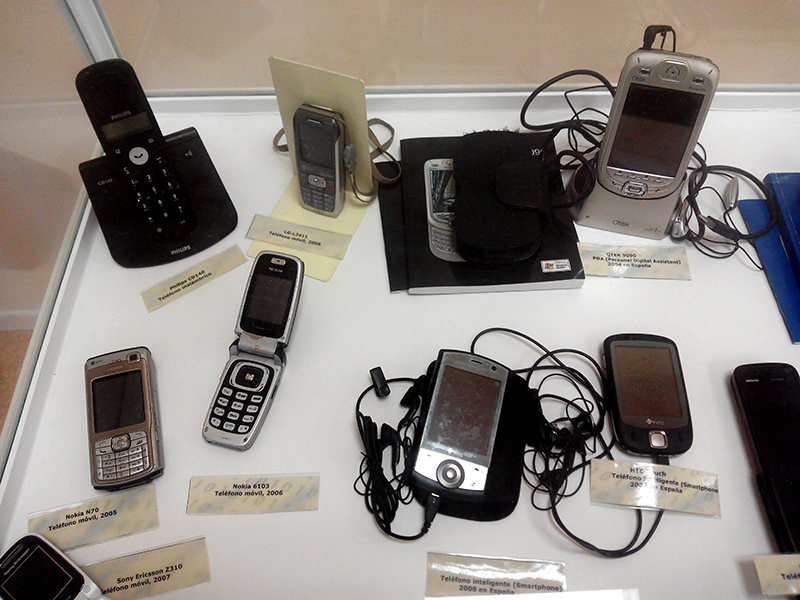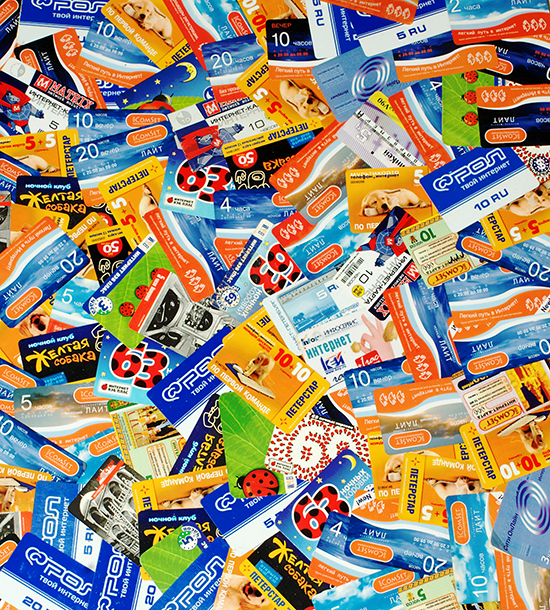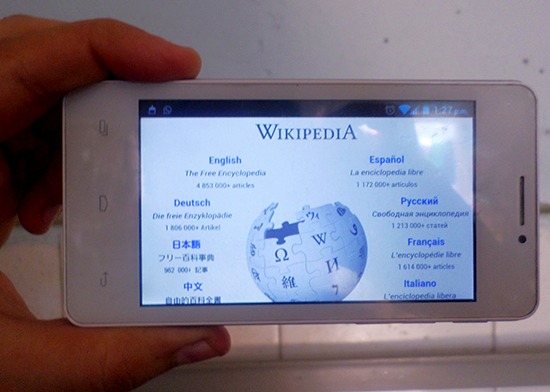Want to Save on Your Cell Phone Bill? Here are Effective Ways on How to Do This
Cell phones are no longer just luxuries to many people today, but they are already an integral part of their day to day lives. They are used in communication, work and entertainment. Since they are used every day, phone bills can be costly. If you’re looking for ways to cut down the cost in different areas of your life, you can do something with your phone bill. Here are some ways on how you can save in the use of your mobile phone.
Get a Prepaid Account
Contracts offered by carriers are often enticing because of the free phones that come with them, as well as the minutes that come with your contract. However, if you don’t really use your phone that much or you’re not particular on having the latest smartphone that comes with the contract, getting a prepaid account may be a smarter option. The amount that you will be able to save would cover for the price of the phone that you’ll purchase out of your pocket in a short while. You’ll only pay for the minutes that you use.
Compare the Available Plans
In case you really prefer to go for a plan, it’s best to shop around and compare the various plans that carriers offer so that you can find one that suits your needs. Carriers offer varying plans. Getting one that doesn’t meet your need may not be cost-effective. For instance, one with a higher limit on its data and minutes could be expensive. If you wouldn’t be able to reach those caps, then you may get a lower cost plan that would still meet your requirements.
Go for a Less Expensive Mobile Phone
There’s really no need to always get the latest model of mobile phone. As long as it gives you the main features that are important for you, a lower model and less expensive cell phone would do. There are more affordable brands that are of quality, but wouldn’t cost you a fortune.
Use Text and Call Apps
Texts and calls are what usually determine your charges. One way to save on these is to use apps that can be utilized for texting and calling. These apps would require you to be connected to the Internet and the other person must also have these apps installed in order to connect with them. You may ask people you often communicate with to have them installed and to save on your data usage; you may use them when there’s wi-fi connection available.
Switch to Wi-Fi
You will also be billed for your data usage. Instead of using your phone’s network, which will charge you, use wi-fi when available. For instance, if you have Wi-Fi at home, switch to it to avoid surcharges on your data use if you go over your limit. However, if connecting to public Wi-Fi, you should practice caution as you could be vulnerable to hackers.
Be Careful with Your Data Usage
As mentioned, you will be charged if you go over your data usage cap. This is why you should check your usage every now and then to prevent this from happening. You can usually do this by going to your carrier’s website. Moreover, there are also apps that you can use that would notify you when you’re almost reaching your limit so you are aware and you could control your use.
Get to Know Your Roaming Charges
Educate yourself about roaming charges. Talk to your carrier so you would know the charges regarding this. You may still be charged with roaming even if it’s a domestic call. If traveling overseas, get to know the corresponding charges as well and see if it would be cheaper to temporarily use a prepaid account in your destination.
Try these tips and enjoy great savings on your cell phone bills and expenses. If there are other tips that you wish to share, type them in the box below.
Photo Attribution:
Featured and 1st image by Américo Toledano (Own work) [CC BY-SA 4.0 (http://creativecommons.org/licenses/by-sa/4.0)], via Wikimedia Commons
2nd image by George Shuklin (Own work) [CC BY-SA 1.0 (http://creativecommons.org/licenses/by-sa/1.0)], via Wikimedia Commons
3rd image by Wikimedia Foundation [CC BY-SA 4.0 (http://creativecommons.org/licenses/by-sa/4.0), CC BY-SA 4.0 (http://creativecommons.org/licenses/by-sa/4.0) or CC BY-SA 3.0 (http://creativecommons.org/licenses/by-sa/3.0)], via Wikimedia Commons



